In the world of construction and excavation, efficiency is key. Every minute saved can translate into significant cost savings and improved project timelines. One of the essential innovations that have revolutionized the industry is the quick change system for excavators. These systems allow operators to switch between various attachments swiftly, making them versatile tools in the construction arsenal. In this article, we’ll delve into the fascinating world of excavator quick change systems, exploring the differences between hydraulic and mechanical options, and how they impact the construction industry.
The Excavator Quick Change Revolution
Excavators are indispensable in construction, used for digging, lifting, and moving heavy materials. However, the tasks they perform can vary greatly, from digging trenches to demolishing structures. To handle these diverse tasks efficiently, excavators can be equipped with a range of attachments, including buckets, hydraulic hammers, grapples, and more. But changing these attachments used to be a laborious, time-consuming process. Enter the excavator quick change systems, which have transformed the way excavators work.
Hydraulic Quick Change: The Pinnacle of Convenience
Hydraulic quick change systems are a testament to modern engineering. They offer unparalleled convenience and efficiency, allowing operators to switch attachments without leaving the cab. Here’s how it works:
- Hydraulic Power: Hydraulic quick change systems are powered by the excavator’s hydraulic system. When the operator triggers the change, hydraulic cylinders engage, unlocking the current attachment and securing the new one. This process takes just seconds, saving valuable time on the job site.
- Remote Control: Many modern excavators come equipped with remote control systems that enable operators to change attachments from a distance. This not only enhances safety but also allows for quick adjustments in challenging conditions.
- Versatility: Hydraulic quick change systems can accommodate a wide variety of attachments, from buckets to hydraulic breakers. This versatility reduces downtime, as operators can seamlessly transition between tasks.
- Operator Comfort: With hydraulic quick change, operators can stay comfortably inside the cab, minimizing exposure to harsh weather conditions and physical strain.
Mechanical Quick Change: Simplicity and Reliability
While hydraulic quick change systems are a marvel of engineering, mechanical quick change systems offer a different set of advantages:
- Reliability: Mechanical quick change systems are known for their robustness and durability. They have fewer components that can potentially fail, making them a dependable choice for many excavator operators.
- Simplicity: Unlike hydraulic systems, mechanical quick change systems do not rely on hydraulic fluid and complex components. This simplicity can reduce maintenance costs and the risk of system failures.
- Lower Cost: Mechanical quick change systems are typically more affordable upfront compared to their hydraulic counterparts. This cost-effectiveness can be attractive to construction companies with budget constraints.
- Ease of Maintenance: Maintenance and repairs are generally simpler with mechanical quick change systems, as they involve fewer components and less specialized knowledge.
Choosing the Right System
The choice between hydraulic and mechanical quick change systems depends on various factors, including the specific needs of the project and the operator’s preferences. Here are some considerations to keep in mind when deciding:
- Project Requirements: Consider the range of tasks your excavator will perform. For projects that require frequent attachment changes and versatility, hydraulic systems may be the better choice. On the other hand, for straightforward tasks that don’t demand frequent changes, a mechanical system might suffice.
- Budget: Your budget constraints will play a significant role in the decision-making process. While hydraulic systems offer unparalleled convenience, they tend to be more expensive upfront. Mechanical systems can be a cost-effective alternative.
- Operator Skill: The operator’s familiarity with the equipment can influence the decision. Hydraulic systems may require more training due to their complexity, whereas mechanical systems are often more straightforward to use.
- Maintenance Considerations: Think about the long-term maintenance requirements and costs. If you have a dedicated maintenance team and want to minimize upkeep expenses, a mechanical system might be preferable.
Conclusion
The choice between hydraulic and mechanical quick change systems for excavators is not a one-size-fits-all decision. Both options have their strengths and weaknesses, and the right choice depends on your project’s specific requirements, budget, and operator expertise.
Hydraulic quick change systems offer unmatched convenience and versatility, allowing operators to switch attachments quickly without leaving the cab. They excel in projects that demand frequent changes and a wide range of attachments.
On the other hand, mechanical quick change systems provide reliability, simplicity, and cost-effectiveness. They are well-suited for straightforward tasks and projects with budget constraints.
In the ever-evolving world of construction and excavation, the choice between hydraulic and mechanical quick change systems is just one example of how technology continues to enhance efficiency and productivity on job sites around the world. Ultimately, the decision should align with your project’s unique demands and your team’s capabilities, ensuring that your excavator remains a versatile and valuable asset in your construction endeavors.

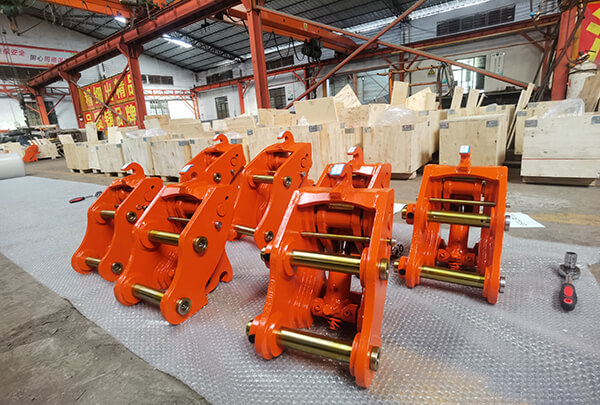
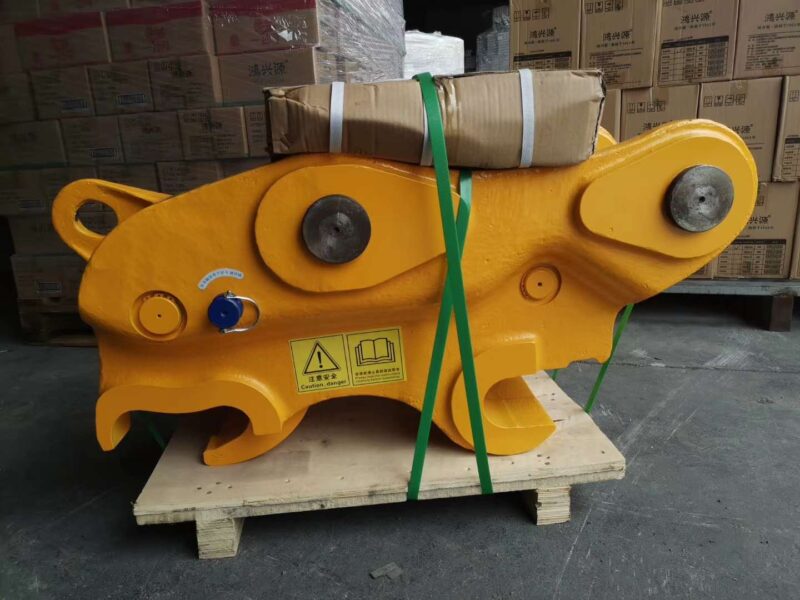
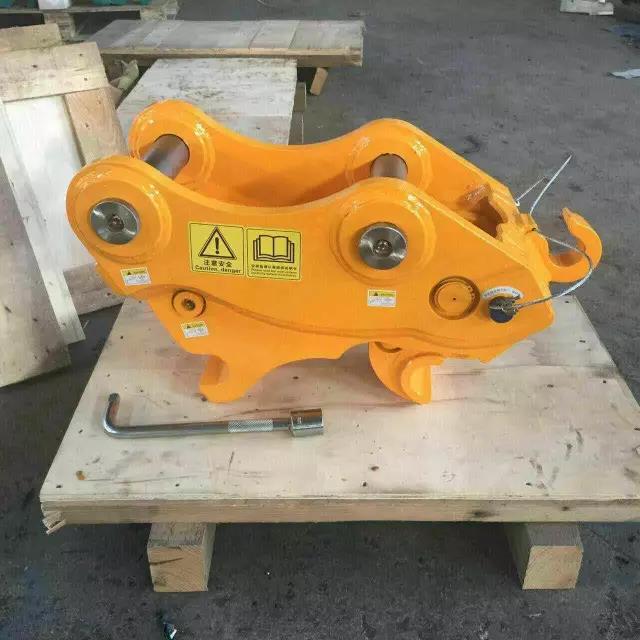

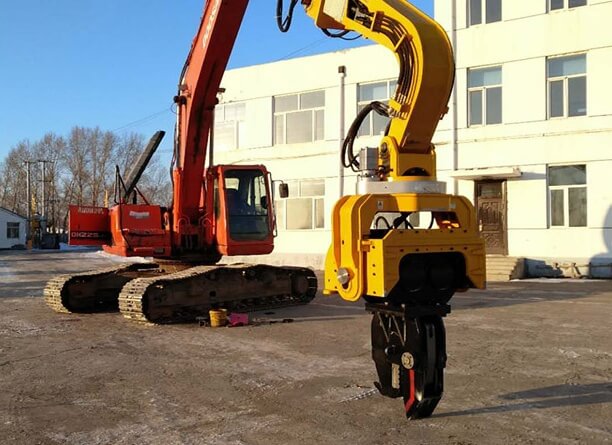

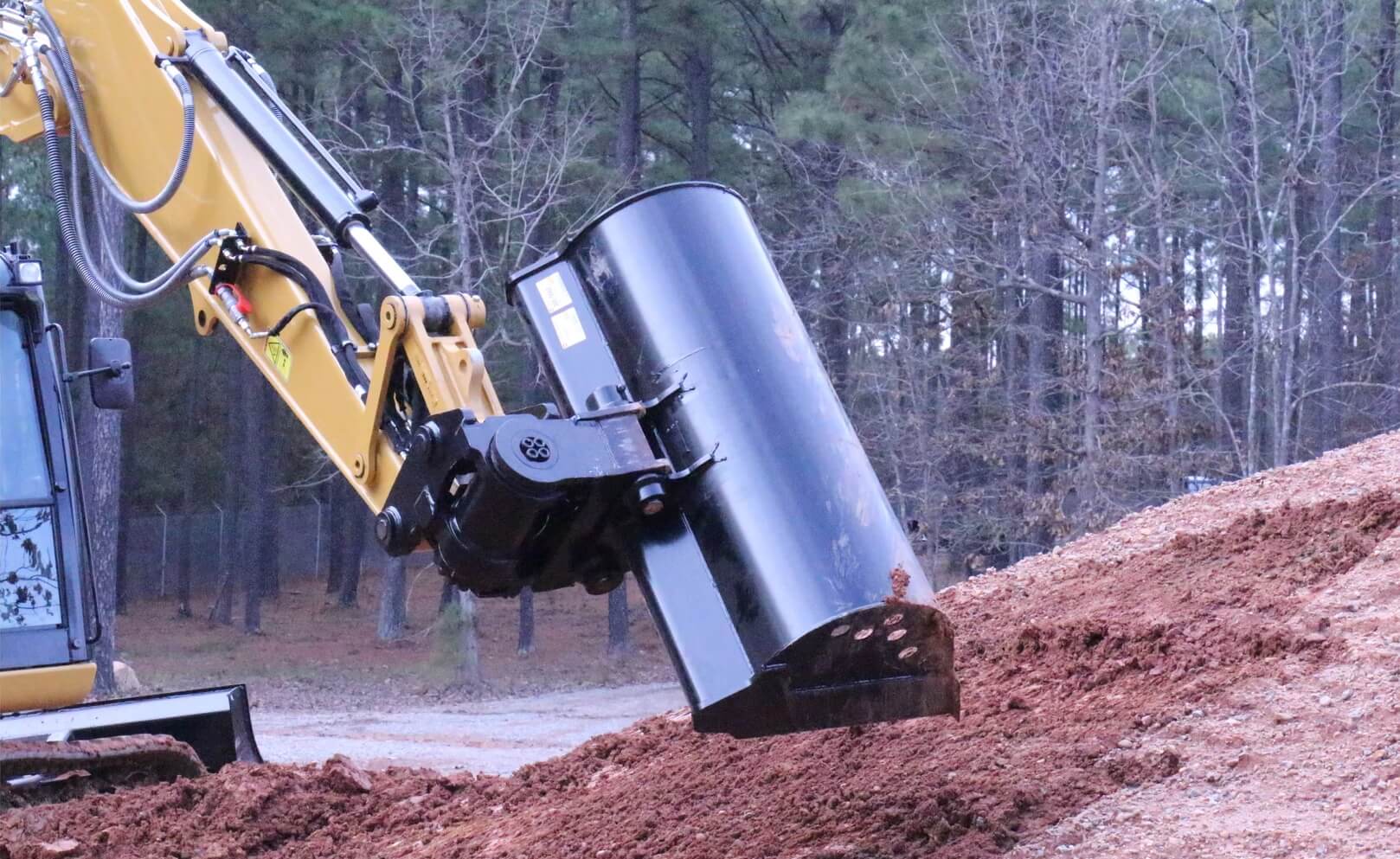
Leave A Comment